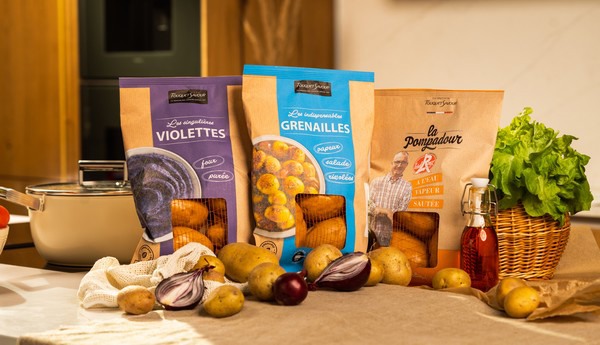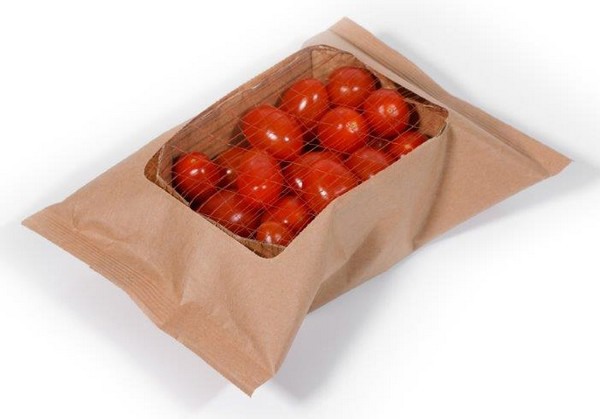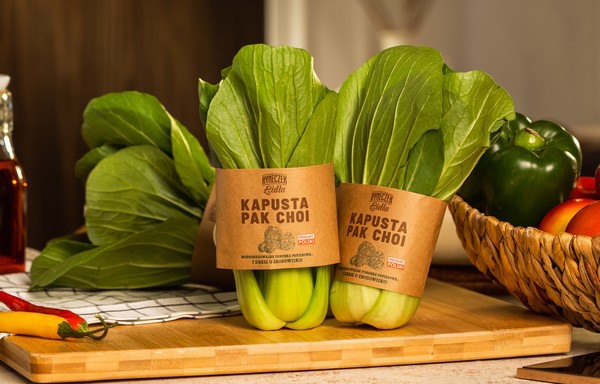Where is the food packaging market headed? Is getting rid of all plastic packaging really the way to go? Is paper the right remedy? According to Marta Paprocka, PR and Marketing Manager for Polish packaging company Silbo, the packaging landscape has been headed in that direction for the past few years: "We are, as a society and as a business, at a point of change. We learned about the threat and experienced the effects of plastic pollution. We already know that traces of microplastics have been found in the soil, in the air, and even in human blood. We also know that it isn't indifferent to human health. In these circumstances, legislators oblige packaging producers to measurably reduce the production of plastic packaging."

The search for flexible packaging material alternatives to plastic has resulted in two types of packaging: paper packaging and film packaging, based not on fossil fuels but on renewable organic raw materials, such as corn starch. "Such films are compostable materials, of which there are two types. Compostable in household systems and compostable in industrial systems. Both types are legally classified as "OTHER" types of plastic," or category 7. Although films based on plant materials have good barrier properties and sufficiently protect the product, they have not been widely recognized so far, gaining the colloquial name 'bioplastic.' This is only a superficial approximation of a difficult issue, but it shows why the packaging market has turned to paper."
The change from plastic to paper packaging cannot be done without reflection, Paprocka explains: "What is needed here is an environmental balance, technological knowledge, and production capacity. Certainly, this process should be developed, analyzed, and improved because we've not yet achieved a model solution. And certainly, this process should not be called greenwashing, but rather a real fight against environmental pollution with plastic."

Of course, not all products are suitable for packaging in paper, just as not all products can be packed in plastic, Paprocka states. "Paper bags with mesh are perfect for potatoes or onions, for example. This was confirmed by storage tests. The contemporary market of vegetables and fruits is also a convenience packaging market: with small and medium grammages. Such portions, because they are fast-moving, do not require additional barriers or technologies to extend the shelf life of the product, and therefore the allegation that paper packaging contributes to increasing food waste is inadequate. Packing two kilograms of potatoes in a plastic bag has neither ecological nor - in the long term - economic justification. However, nowadays, consumers mostly have no choice because this is the only way potatoes are packaged in supermarkets. The same applies to plastic bags for apples or citrus. It seems that today the best thing we can give our customers is both education and choice."
"As Silbo, we have made a huge effort to produce and deliver sustainable packaging, and this is not an empty declaration for us. Because sustainability is a journey, not something that is achieved once and for all. We are aware of the energy consumption of the packaging industry. That is why we use renewable energy sources in our production plant to reduce our carbon footprint. We forecast that thanks to this, we will save up to 493 tons of CO2 this year. We use only water-based printing. Adhesives (also water-based) are applied only to spots at the welding points. We have rejected dangerous and pathogenic alcohol solvents. Our VOC emissions are marginal, at the level of 40 kg per year. The machine park is focused not only on consuming energy but also on generating it. We minimize the consumption of raw material, and we replaced plastic mesh with organic linen fibers and so on."

After reading an article that stated that paper-based packaging is a colossal mistake, Paprocka simply couldn't agree with some of the reasoning behind that statement. "Indeed, paper packaging is heavier than plastic, but not 2000 times as pointed out by Shay Zeltzer, but only about two times. For comparison: a typical package for 1.5 kg of potatoes, measuring 625 mm by 260 mm, made of 60 gsm paper, weighs 9.75 g. The same package made of 30-micron LDPE film weighs 4.42 g. We're certainly aiming to change the packaging market, and the censorship of plastic is justified. Now is the time to make attempts, the time to educate, and the time to develop new packaging solutions, including paper ones."
For more information:
Marta Paprocka
Silbo
Email: [email protected]
www.silbo.pl
www.silbopackaging.com
